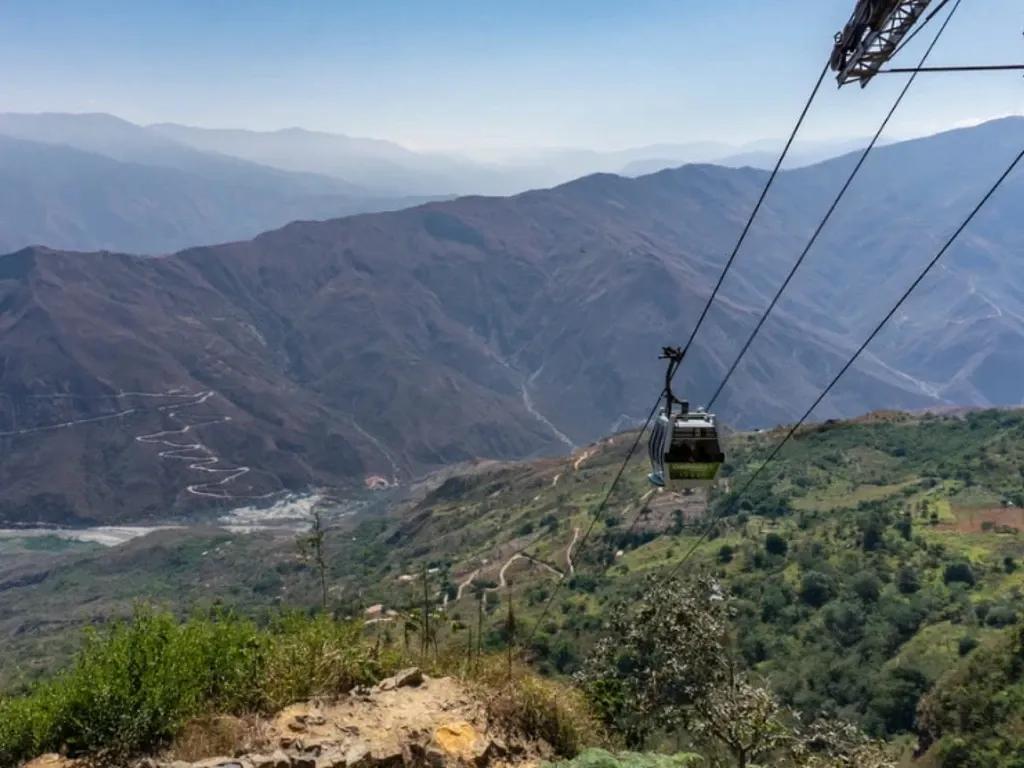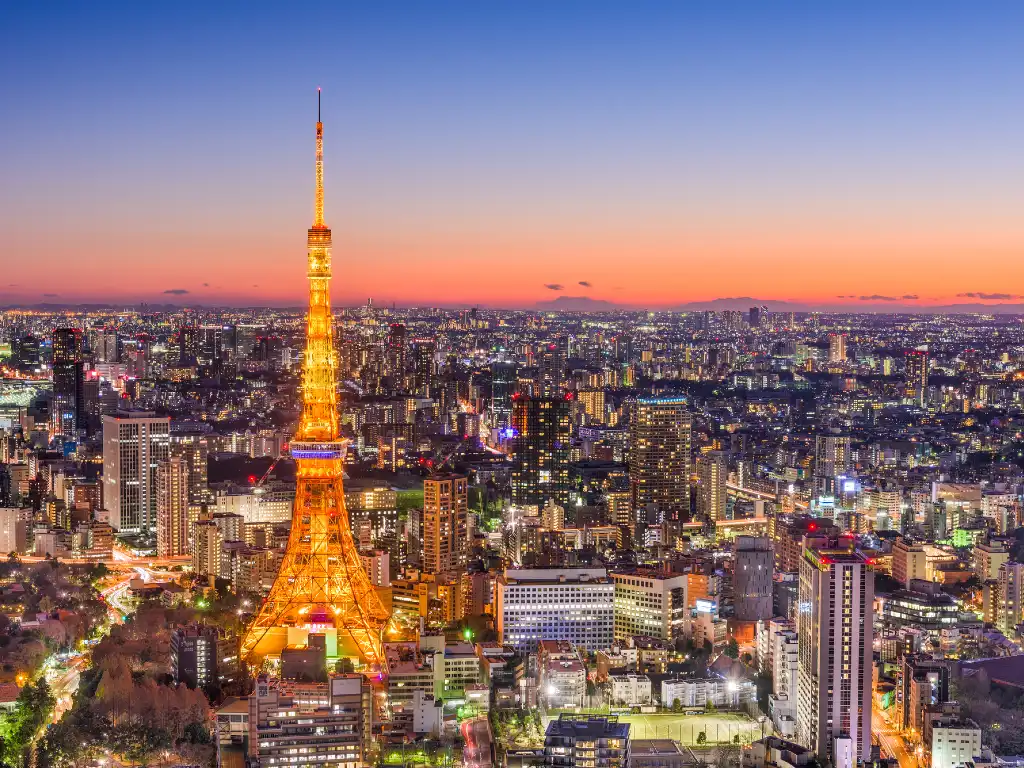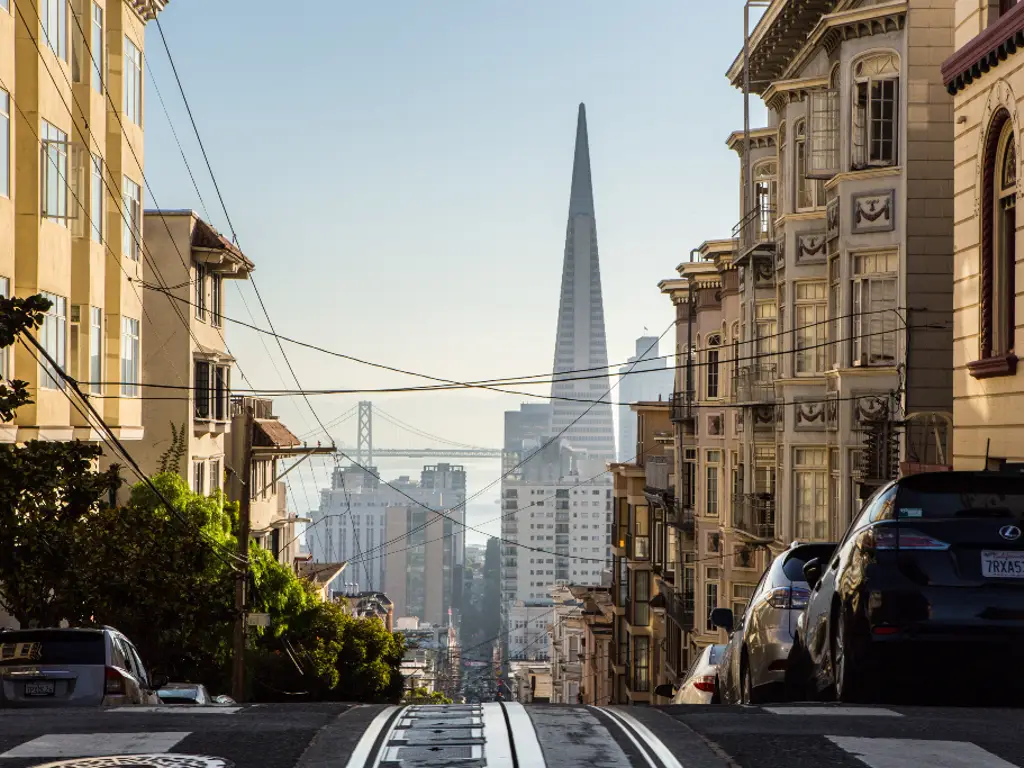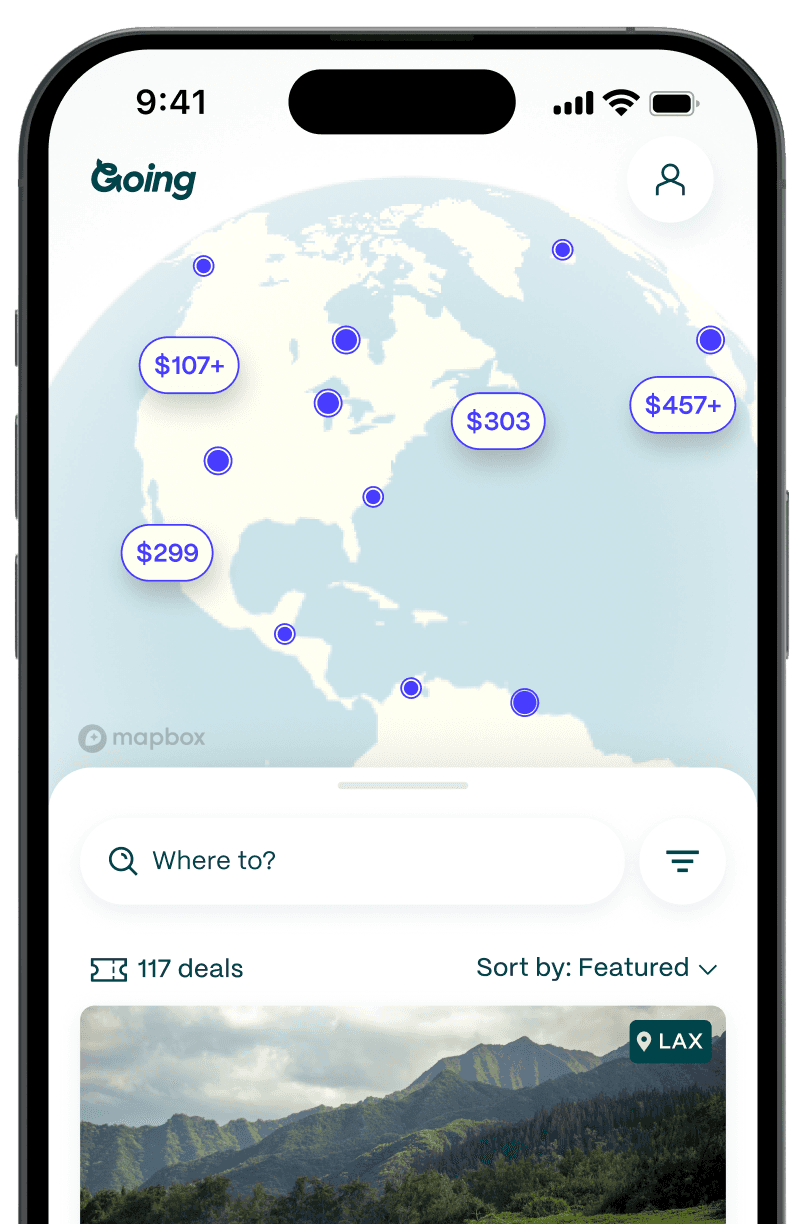
Ride a Cable Car Through Colombia’s Chicamocha Canyon
The first thing I noticed about Chicamocha is that it’s nothing like the Grand Canyon. Often compared to its larger—though shallower—cousin, this canyon in northeastern Colombia tickles the senses in ways different from the Arizona one. Gone are the dusty, craggy, maroon-and-sepia ravines; in their place, a lush and verdant wonder guards its own mysteries.
Chicamocha is more than a pretty face. At 270,000 acres, it’s the size of the entire country of Bahrain and then some. However, one cable-car ride through it allows you to dive a whole lot deeper. As you progress along the nearly hour-long round-trip journey, swaying in the wind, you’ll spot rare birds flitting between cacti mere feet below you. Then, as you plunge toward the roaring Chicamocha River at the canyon’s heart, you’ll marvel at no less than three different ecosystems—“humid,” “dry,” and “drier,” according to Eliana Peñaloza, a local tour guide based out of nearby Barichara. Once you inch back up the other side, you’ll witness an entirely new section of the canyon unfold before you. If you listen closely, you’ll hear howler monkeys.

Considering it’s one of the longest in the world at 3.9 miles, Chicamocha’s cable car is easily the star attraction of the Santander region that surrounds it. Thankfully, it’s relatively easy to access: You just hop on it from within Chicamocha National Park. To get there, take a one-hour flight to Bucaramanga from either Bogotá or Cartagena, then take an approximately one-hour bus ride from Bucaramanga to the park.
The cable-car ride never fails to impress, even when strong winds pick up in the valley and rock the suspended cabins. The best thing to do in those times is to just relax. “If people take a moment—to just be quiet and hear the sound of the wind, hear the sound of the birds, even the rustling of the leaves—it’s kind of peaceful,” says Aleja P., a Santandereana guide who leads tours of Chicamocha National Park. “It makes you reflect on so many things when you see the magnificence of this enormous canyon and you see yourself like a tiny little ant compared to the rest of it.”
The experience has also been a boon for the local economy. While the nearby city of San Gil is known for its adventure tourism, it’s certainly not the only region of Colombia that offers bungee jumping. The cable car has attracted visitors from both inside and outside of Colombia to Santander and is now on par with San Gil’s adventure tourism as one of the region’s biggest draws.

For more adventure, try paragliding into Chicamocha’s ravines. And just beneath it, in the Chicamocha River, rafters test their luck against the elements. “If your element is water, you have the white-water rafting,” says Peñaloza. “If your element is air, you have the paragliding.” Many adventure tours launch from San Gil, but this operator has tours that launch from its Panachi office inside the park.
Additionally, visitors to the park can pop into the charming Guane Archaeological and Paleontological Museum to learn about the Guane people who once called this canyon home. Whenever Aleja P. brings tours here, she makes a point to mention one of the Guane’s most clever traditions. “If a Guane woman was going to get married, she had 30 days to test her new husband in every sense of the word,” she explains. “So if at the end of those 30 days the husband was lacking in…something, the woman could return him, and she wasn't going to be looked down on because of it.” (Perhaps contemporary cultures should consider adopting this tradition as well.)

Beyond the Guane Museum, paved pathways snake up to Chicamocha National Park’s cultural crown jewel: El Monumento a la Santandereanidad. Designed to resemble a literal explosion of characters and life, the monument deploys powerful symbolism to tell the history of the Santander region. It also provides sweeping views of Chicamocha Canyon, which, from this vantage point, appears to radiate to every corner of Colombia. “Here, in Santander, in this region, everything is so open, so clean, and there's not a lot of houses and people,” explains Peñaloza. “So it feels that you're really in the middle of nature.”
Back in the Chicamocha cable car, I felt truly suspended in the middle of that nature. As the car descended leisurely into the valley and crawled up the steep opposite slope, the crisp canyon air settled in my cabin and whispered of the land below. Just beneath the soft rumbling of the cabin and the gentle creaking of the cables was a sound so subtle that at first, I mistook it for the gurgling Chicamocha River. But it was, in fact, the sound of the sublime.
Getting there
- The best way to get to Chicamocha National Park, where the cable-car ride resides, is to fly into Palonegro International Airport (BGA), just 30 minutes from Bucaramanga proper. From Bucaramanga, you can take a bus that goes straight to Chicamocha National Park. Alternatively, you can take a bus from Bucaramanga to San Gil, stay in San Gil, and take a bus from San Gil to the park. The trip to Chicamocha National Park from Bucaramanga or San Gil is roughly an hour.
- Average Going price for cheap flights to Colombia: $296 roundtrip
How to do it
- Best time to go: The weather is mild year-round, but it’s best to visit Chicamocha Canyon during the off-season, which runs from late-August to November and from March to June. I visited in March and waited in line less than 30 seconds for the cable-car ride.
- Cost: Entry to the park (including a cable-car ride) is $17.20 (68,000 COP) per adult or $11.64 (46,000 COP) per child. An average hotel in Bucaramanga or San Gil is $45 per night. A bus from Bucaramanga or San Gil to Chicamocha National Park is roughly $10.
- Tips and considerations: The park is not fully wheelchair accessible. However, service animals are allowed. Also, make sure to secure your return transportation from Chicamocha National Park after you arrive. To help with this, it’s a good idea to connect with local tour guides, such as Eliana (@elianapenaloza on Instagram) and Aleja (@alepradat on Instagram), both featured in this guide.
Other South America guides
Last updated December 19, 2023
Articles you might like
View All
Where to Stay in Tokyo: The Best Neighborhoods and Hotels in 2026
Dec 19, 2025
12 min read

Where To Stay in Seattle: Best Neighborhoods and Hotels for 2026
Dec 19, 2025
10 min read

Where To Stay in San Francisco: Best Neighborhoods and Hotels for 2026
Dec 19, 2025
17 min read






